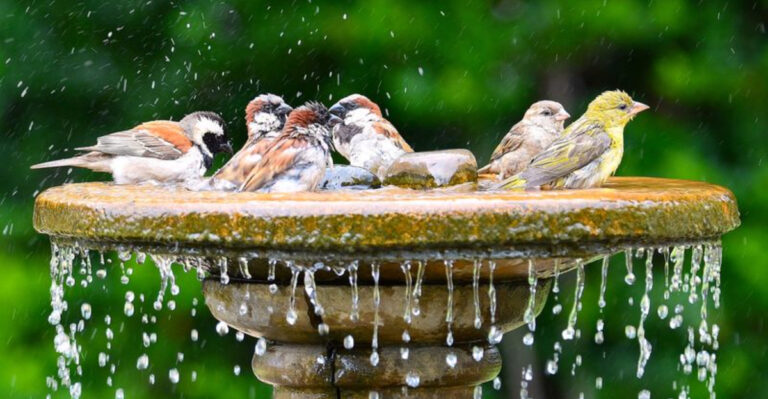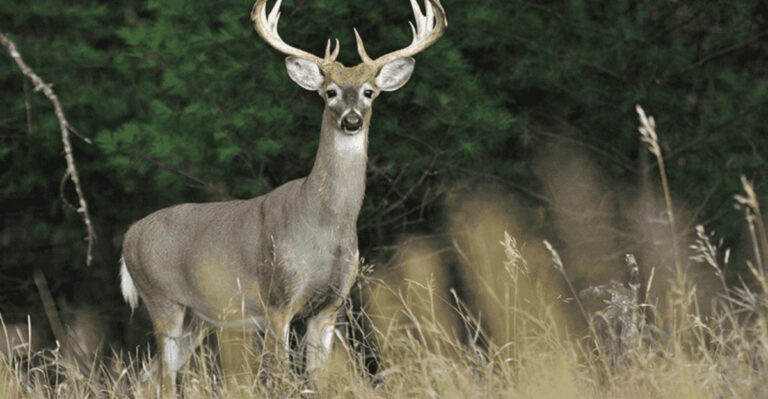13 Mistakes Hikers Make That Can Trigger Snake Attacks
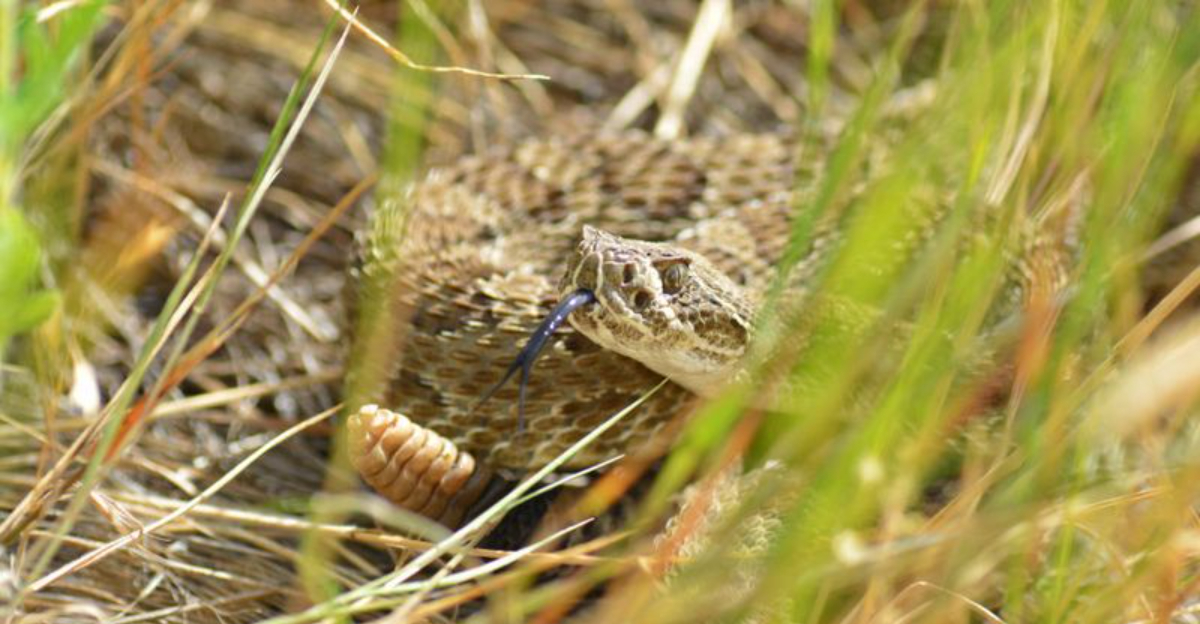
Hiking through nature’s beauty comes with responsibilities, especially in areas where snakes make their home. While most snakes prefer to avoid humans, certain actions can accidentally provoke them into defensive strikes.
Understanding these triggers isn’t just helpful knowledge – it could save your life on the trail. Let’s explore the common hiking mistakes that might put you face-to-fang with a serpent.
1. Stepping Blindly Over Logs
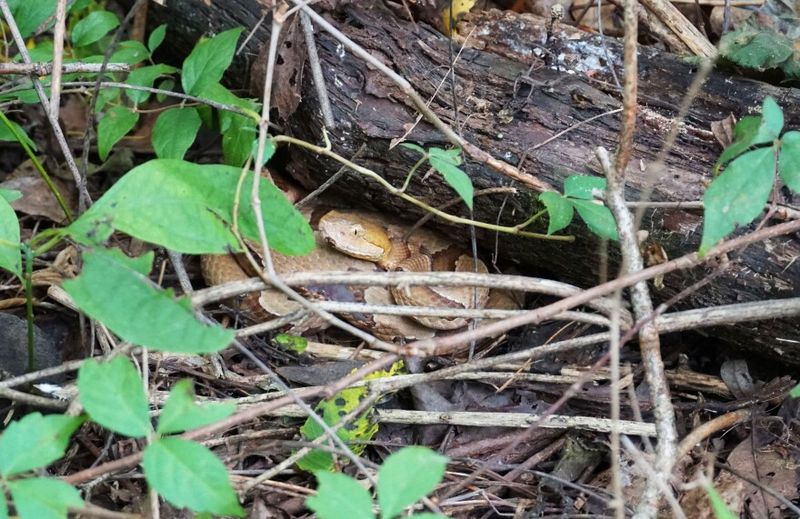
Many hikers casually swing their legs over fallen trees without checking what’s on the other side. Snakes love these shaded, protected spots for resting and hunting.
Always peek over before stepping across. Use a hiking stick to tap the ground on the opposite side, giving any hidden reptiles a chance to sense vibrations and move away. This simple precaution takes just seconds but could prevent a dangerous encounter.
Remember that some venomous species like copperheads and rattlesnakes are masters of camouflage, blending perfectly with forest debris.
2. Reaching Into Rock Crevices
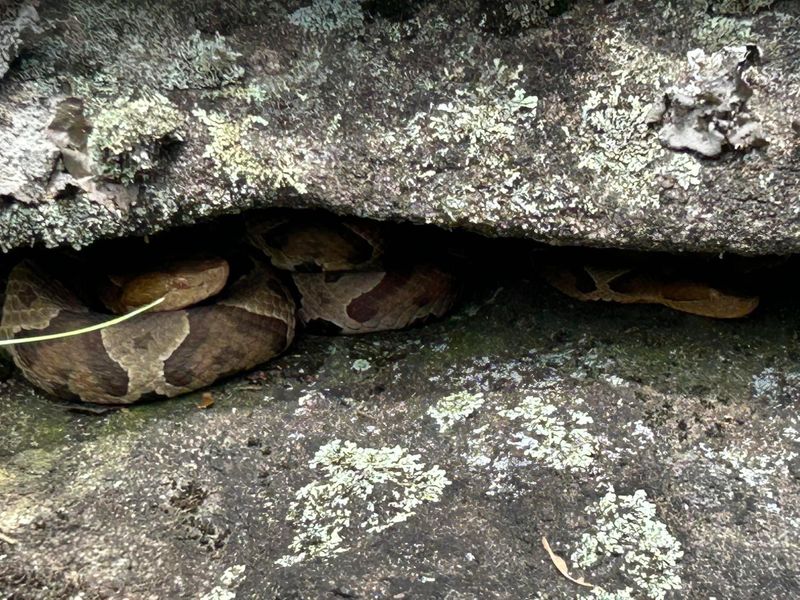
The temptation to grab a handhold without looking first has led to countless snake bites. Narrow spaces between rocks offer perfect hideaways for snakes seeking shelter from predators and weather extremes.
Always visually inspect any gap before placing your hands inside. If visibility is limited, use a stick to probe the area gently. Snake species like rattlesnakes and black racers frequently use these natural nooks as daytime retreats.
Wearing gloves adds an extra layer of protection but shouldn’t replace careful inspection.
3. Walking Through Tall Grass
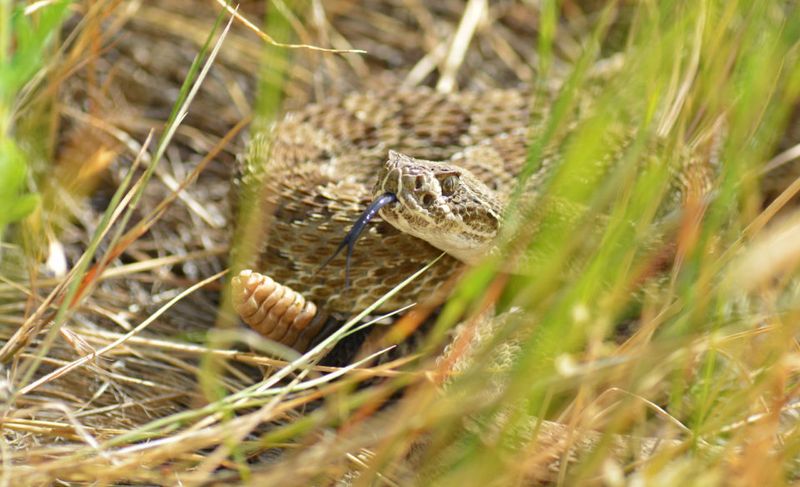
Parting grass with your legs creates the perfect opportunity for startling a snake. These reptiles often hunt or rest in high vegetation where they remain invisible until disturbed.
Stick to clear, established trails whenever possible. If you must traverse grassy areas, use a walking stick to sweep the path ahead, creating vibrations that alert snakes to your presence. Many snake species rely primarily on feeling vibrations rather than hearing sounds.
Prairie rattlesnakes, copperheads, and other venomous species particularly favor tall grass habitats where they can ambush prey.
4. Surprising Snakes During Their Active Hours

Timing matters enormously when avoiding snake encounters. Many species become most active during dawn and dusk, especially in hot climates where they avoid midday heat.
Plan hikes during mid-morning or mid-afternoon when possible, particularly in snake-heavy regions. During summer months, nocturnal species like rattlesnakes often hunt after sunset when temperatures cool. Carrying a flashlight becomes essential for evening hikes.
Snakes are cold-blooded creatures that may sun themselves on trails during cool mornings, so stay extra vigilant on paths that receive early sunlight.
5. Wearing Sandals Or Low Shoes
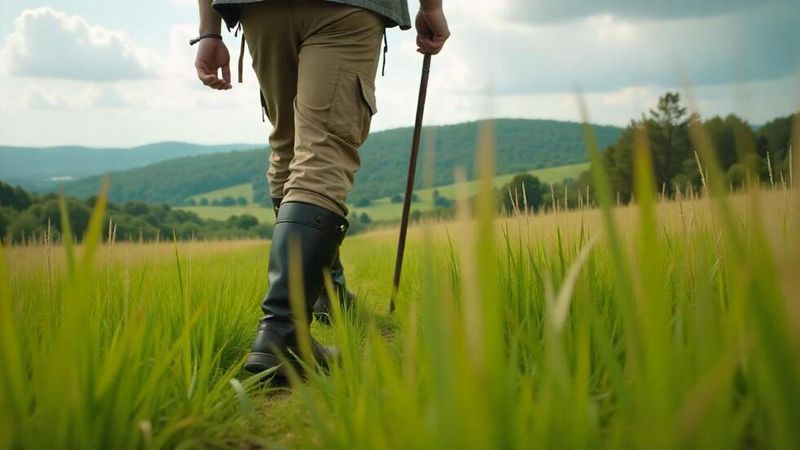
Exposed ankles present an easy target for defensive snake strikes. The lower leg is among the most common bite locations simply because it’s often the closest body part to a startled snake.
Always wear sturdy hiking boots that cover your ankles completely. Some hikers in high-risk areas even opt for snake gaiters – protective coverings designed specifically to prevent fangs from penetrating. The extra weight and warmth are minor inconveniences compared to a venomous bite.
Proper footwear also provides better traction, reducing your chances of stumbling into a snake’s territory.
6. Disturbing Snake Habitat
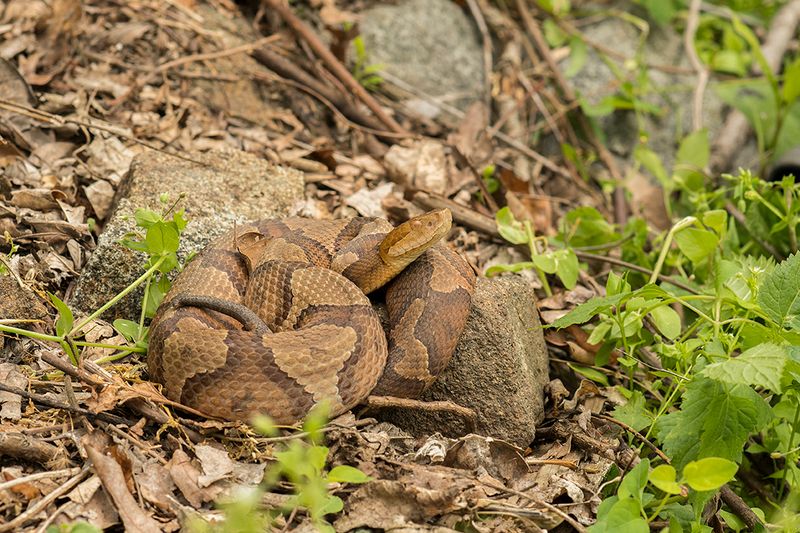
Moving rocks, logs, or debris without caution can destroy a snake’s shelter, triggering an immediate defensive response. Snakes view these disruptions as direct threats to their safety.
Resist the urge to flip rocks or move natural materials unnecessarily. If you must adjust your surroundings to set up camp, use a long stick rather than your hands, and check thoroughly before placing tents or gear. Many snake species establish regular hiding spots they return to repeatedly.
Leave nature as you found it – this principle protects both wildlife and yourself.
7. Ignoring Warning Signs
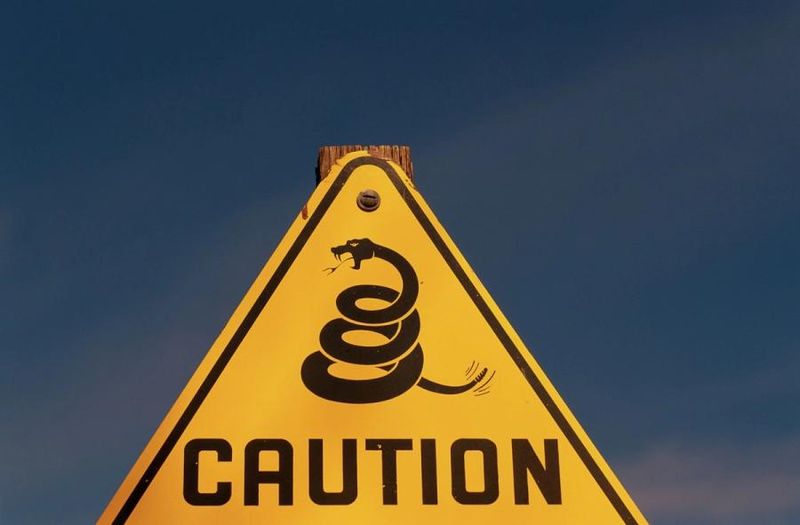
Rattlesnakes famously announce their presence, yet hikers sometimes mistake this warning for insects or rustling leaves. Other snakes may hiss, puff up, or assume defensive postures before striking.
Train yourself to recognize these crucial alerts. Freezing immediately when you hear rattling gives you time to locate the snake and carefully retreat. Continuing forward after a warning dramatically increases your bite risk.
Most snake species prefer escape over confrontation and only strike when they feel cornered or threatened. Respecting their warnings allows both you and the snake to part ways safely.
8. Leaving Food Scraps Behind
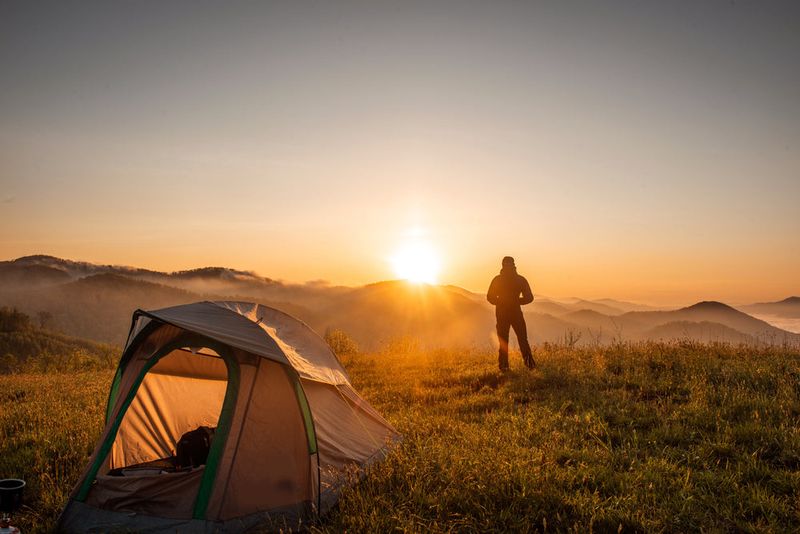
Abandoned trail mix and fruit peels attract rodents, which in turn attract hungry snakes. This food chain reaction can bring predatory snakes directly into camping areas.
Pack out everything you bring in, including seemingly harmless organic waste. Store food in sealed containers while camping, and hang food bags from trees where possible. Even the smell of food can draw wildlife into your space.
Maintaining clean campsites not only prevents snake encounters but also preserves natural feeding patterns and behaviors among wildlife populations.
9. Hiking Alone In Snake Country
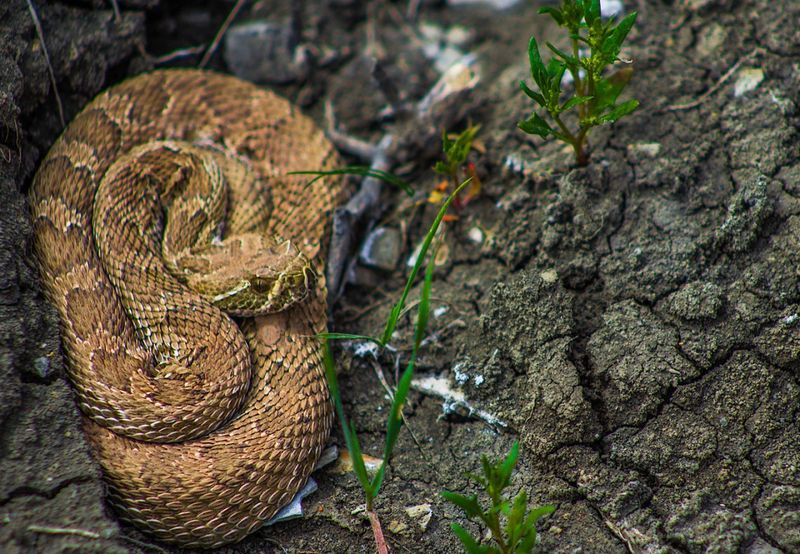
Solo hiking removes your safety net if a snake bite occurs. Without help, the critical window for medical treatment may pass before reaching civilization.
Bring a hiking buddy whenever venturing into known snake habitats. Inform others of your planned route and expected return time if hiking alone is unavoidable. Carry a reliable communication device – many remote areas lack cell service, making satellite phones or personal locator beacons essential emergency tools.
Having a partner also provides an extra set of eyes to spot snakes before they become threats.
10. Approaching Water Sources Carelessly
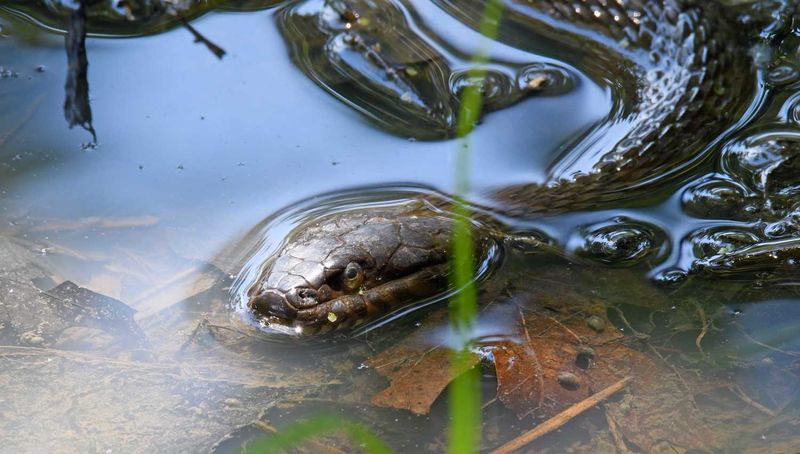
Streams, ponds, and other water features attract thirsty snakes, especially during hot weather. Water moccasins and cottonmouths specifically prefer these environments year-round.
Approach water sources with heightened awareness, scanning banks and surrounding vegetation before kneeling to fill bottles. Make noise as you approach to give water-loving species time to retreat. Many snake species are excellent swimmers and may be partially submerged.
Wearing polarized sunglasses helps reduce glare, making it easier to spot snakes lurking beneath the water’s surface or along muddy shorelines.
11. Forgetting Snake First Aid Supplies
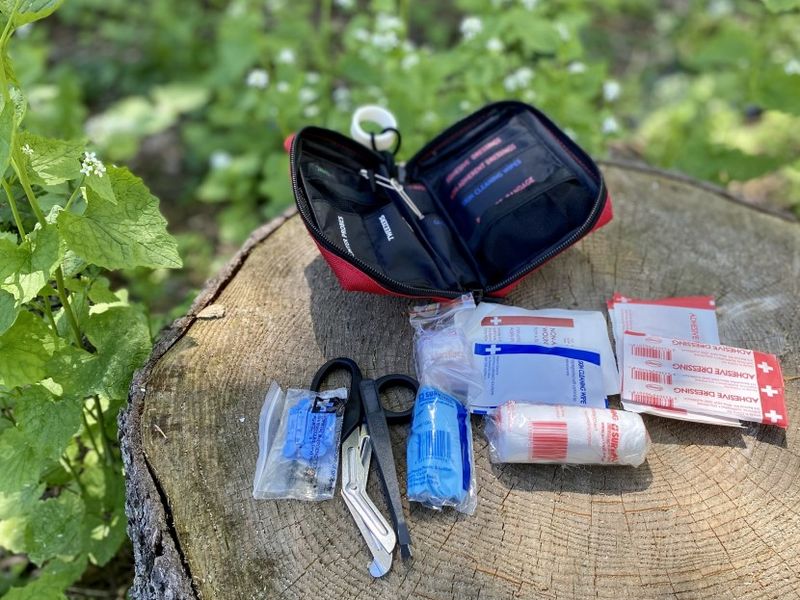
Many hikers carry bandages for blisters but lack specific snake bite essentials. Proper preparation can significantly improve outcomes when medical help is hours away.
Pack compression bandages, a marker to circle the bite area and track swelling, and a snake bite extraction kit if recommended in your region. More importantly, know how to use these tools correctly – improper first aid can sometimes worsen outcomes. Never apply tourniquets or attempt to suck out venom.
Memorize the nearest hospital locations along your route, particularly those with antivenom supplies for local snake species.
12. Wearing Headphones On Trails
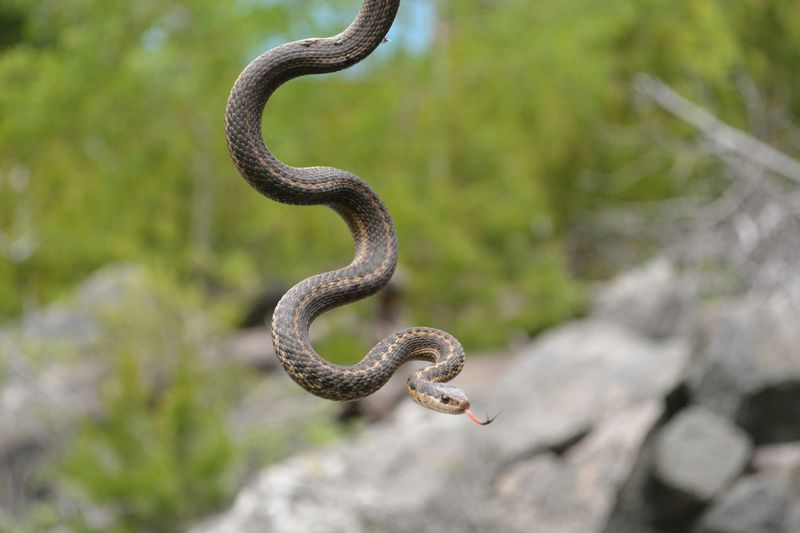
Blocking natural sounds with music eliminates crucial warning signals that could prevent snake encounters. Your ears often detect danger before your eyes do.
Hike with all senses alert, especially in areas with known snake populations. If you must have music, use only one earbud or keep volume low enough to hear environmental sounds. Many hikers report hearing snakes move through leaves or grass before seeing them.
Sound awareness also enhances your overall outdoor experience, connecting you more deeply with nature while keeping you safer from various wilderness hazards.
13. Mishandling Snake Encounters
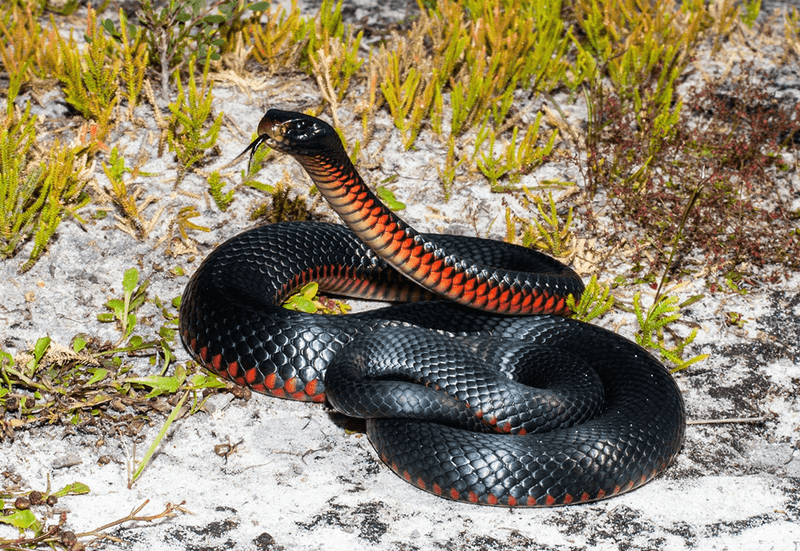
Panic reactions often transform avoidable incidents into dangerous confrontations. Running, screaming, or making sudden movements can trigger a defensive strike from an otherwise non-threatening snake.
When spotting a snake, freeze momentarily to assess the situation. Back away slowly, maintaining visual contact without staring directly at the reptile. Give the animal a wide berth – most snakes can strike up to half their body length.
Never attempt to move, kill, or handle snakes, even if blocking your path. Patient waiting or finding an alternate route is always safer than confrontation.



